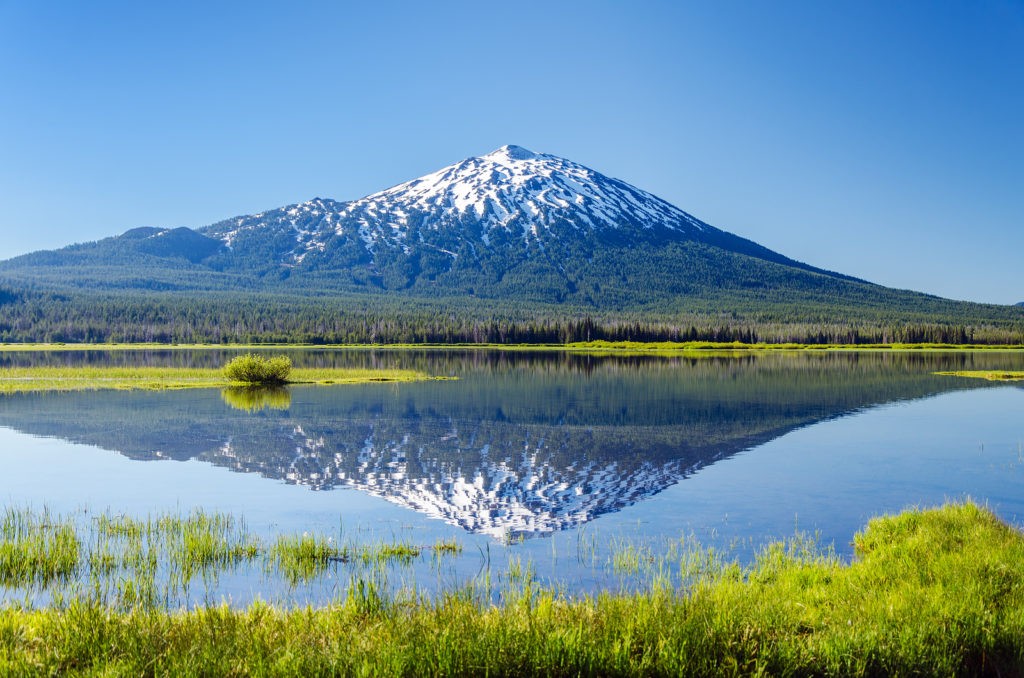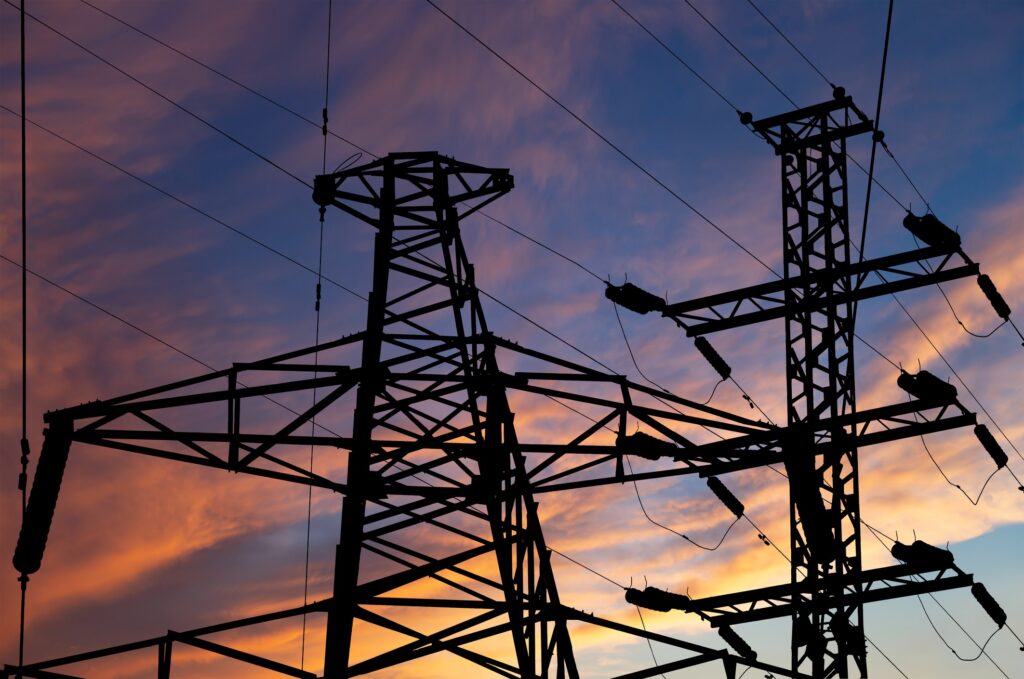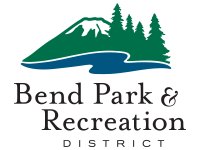The Bend jobs market offers a variety of opportunities for those moving to this vibrant city. With its unique, collaborative business community and thriving industries, Bend presents an ideal environment for employment and career growth.
Relocating to Bend, Oregon, requires understanding the local jobs market, as it plays a significant role in ensuring a smooth transition and successful integration into the community. By familiarizing yourself with the key industries and employment trends in Bend, you’ll be better prepared to embark on your new journey in this beautiful city.
Unique Business Community in Bend
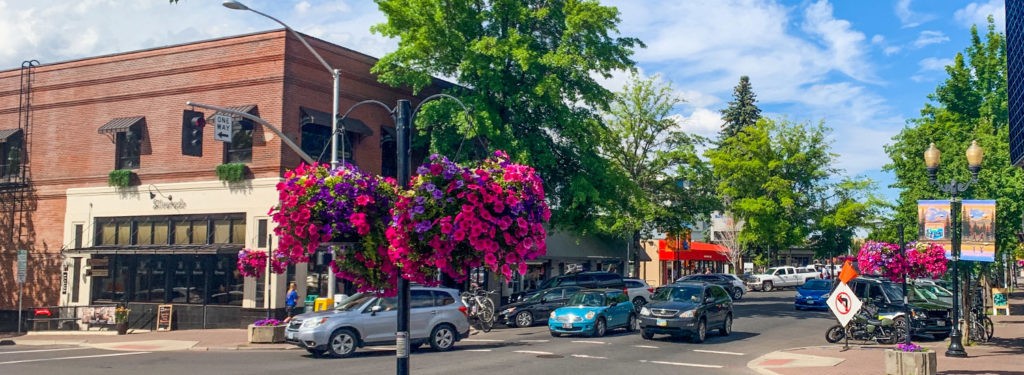
Moving to Bend, Oregon, introduces you to a truly unique business community that sets the city apart from many others. The key to this uniqueness lies in the collaborative nature of Bend businesses and their shared commitment to the common good of the community. This section explores these aspects of the Bend jobs market and how they contribute to a thriving employment landscape in the city.
Collaborative nature of Bend businesses
One of the defining characteristics of the Bend jobs market is the strong sense of collaboration among businesses in the area. This collaborative spirit fosters a supportive environment for new and established companies alike, as they work together to overcome challenges and seize opportunities. This teamwork-oriented mindset is not only beneficial for businesses but also for job seekers who can find ample networking opportunities to connect with potential employers and learn about available positions in various industries in Bend.
Sharing ideas for the common good of the community
Another remarkable aspect of the Bend business community is its shared commitment to the common good of the city and its residents. Bend businesses understand that by working together and sharing ideas, they can create a more prosperous and vibrant local economy. This approach benefits not just the companies but also those seeking employment in Bend, as it leads to the development of new job opportunities and a thriving jobs market overall. This collaborative spirit is a key factor to consider when moving to Bend and navigating its unique job market.
Thriving Industries in Bend
When moving to Bend, it’s essential to understand the thriving industries and job market in the area. This will help you make informed decisions about employment opportunities and find the right fit for your skills and interests. In this section, we will discuss the top industries in Bend and explore emerging industries and business opportunities.
Top industries in Bend
Bend is home to a diverse range of industries, providing ample job opportunities for those looking to relocate. Some of the top industries in Bend include:
- Healthcare – With a growing population, the demand for healthcare services continues to rise, creating numerous job opportunities in hospitals, clinics, and other healthcare facilities.
- Outdoor recreation and tourism – Bend is renowned for its outdoor recreational activities, attracting tourists year-round. Jobs in this industry include roles at ski resorts, adventure guiding companies, and hospitality businesses.
- Technology – Bend is becoming a hub for tech companies, offering jobs in software development, IT, and other tech-related fields.
- Education – As the 5th largest school district in Oregon, the Bend-La Pine School District provides various employment opportunities for educators and support staff.
- Manufacturing – Many Bend businesses are involved in manufacturing, producing goods ranging from outdoor gear to food and beverage products.
Emerging industries and business opportunities
As the city of Bend continues to grow, new industries are emerging, providing additional job opportunities and business prospects. Some of the emerging industries in Bend include:
- Green technology and sustainability – With a focus on eco-friendly practices, Bend is becoming a hub for green technology and sustainable business ventures.
- Craft brewing and distilling – Bend has a thriving craft beer and spirits scene, with numerous breweries and distilleries offering jobs in production, sales, and marketing.
- Remote work – As remote work becomes more prevalent, many people are choosing to work from Bend due to its attractive lifestyle and recreational opportunities.
With a strong economy and a variety of thriving industries, Bend offers an exciting job market for those looking to relocate. By understanding the top industries and emerging opportunities, you can make informed decisions about your employment prospects in Bend and find the perfect job to suit your skills and interests.
Job Search Strategies in Bend

When moving to Bend, understanding the jobs market and finding the right employment opportunities can be a crucial aspect of settling into your new life. To make the most of the unique Bend businesses and industries, it’s essential to approach your job search with tailored strategies that will help you stand out in the competitive market. In this section, we will delve into using online job boards, networking opportunities, and customizing your resume and cover letter for Bend jobs.
Utilizing online job boards and local resources
One of the most effective ways to find job openings in Bend is by exploring online job boards and local resources. Websites such as Indeed, Glassdoor, and LinkedIn can provide valuable information about current job listings and company reviews. Additionally, local resources like the Bend Chamber of Commerce and the Central Oregon Employment Network can be excellent sources for finding Bend-specific job opportunities. By using these platforms, you can quickly get a sense of the current jobs market in Bend and identify the best employment options for your skillset and interests.
Networking opportunities in Bend
Building connections with locals and professionals in your industry can be a powerful way to discover job openings that may not be advertised publicly. Bend’s welcoming and collaborative business community offers numerous networking events, meetups, and workshops where you can meet like-minded professionals and expand your network. Attending these events can not only help you learn about the latest trends in your industry but also give you a chance to make a lasting impression on potential employers. Don’t underestimate the power of a strong network when searching for jobs in Bend.
Tips for customizing your resume and cover letter for Bend jobs
To increase your chances of securing an interview, it’s essential to customize your resume and cover letter for each job application. This means highlighting your skills and experiences that are most relevant to the position and emphasizing your alignment with the company’s values and culture. When applying for Bend jobs, remember to showcase your enthusiasm for the city’s unique lifestyle and outdoor recreational opportunities. Demonstrating your genuine interest in becoming a part of the Bend community can help make your application more appealing to local employers.
In conclusion, finding the right employment in Bend requires a targeted approach that combines online resources, networking, and customized application materials. By implementing these strategies, you can successfully navigate the city of Bend jobs market and secure a fulfilling job that complements your new life in this vibrant and collaborative community.
Navigating the Competitive Rental Market in Bend

When moving to Bend, it’s essential to understand the competitive rental market in the city. As the demand for rental properties is high and the supply is limited, finding the right place to live can be challenging. This section will provide an overview of the rental market in Bend and offer tips for finding pet-friendly rentals, viewing properties before applying, and avoiding rental scams while understanding your tenant rights.
Overview of the rental market in Bend
The rental market in Bend is known to be highly competitive, with a low supply of available properties and a high demand from both locals and newcomers seeking employment in Bend’s thriving industries. As a result, it’s crucial to be prepared and act quickly when searching for a rental property.
Tips for finding pet-friendly rentals
Finding pet-friendly rentals in Bend can be a challenge, as many landlords have restrictions on pets. To increase your chances of securing a pet-friendly rental, start your search early and be prepared to provide documentation, such as vaccination records and references from previous landlords, to show that your pet is well-behaved and cared for. Additionally, consider offering a pet deposit or additional rent to make your application more attractive to potential landlords.
Importance of physically viewing properties before applying
Many property management companies and homeowners in Bend require prospective tenants to physically view the property before submitting an application. This policy helps ensure that both parties are satisfied with the rental arrangement and reduces the risk of misunderstandings or disappointments. Schedule property viewings as soon as possible to avoid missing out on potential rental opportunities.
Avoiding rental scams and understanding your tenant rights
Rental scams can be a concern in any city, and Bend is no exception. To protect yourself from potential scams, verify the legitimacy of rental listings by researching property management companies or contacting the property owner directly. Additionally, familiarize yourself with Oregon State Landlord and Tenant Rental Laws to ensure you are aware of your rights as a tenant in Bend. By staying informed and vigilant, you can confidently navigate the competitive rental market and secure a suitable home while pursuing your career in the city of Bend jobs market.
The Bend-La Pine School District and Educational Choices
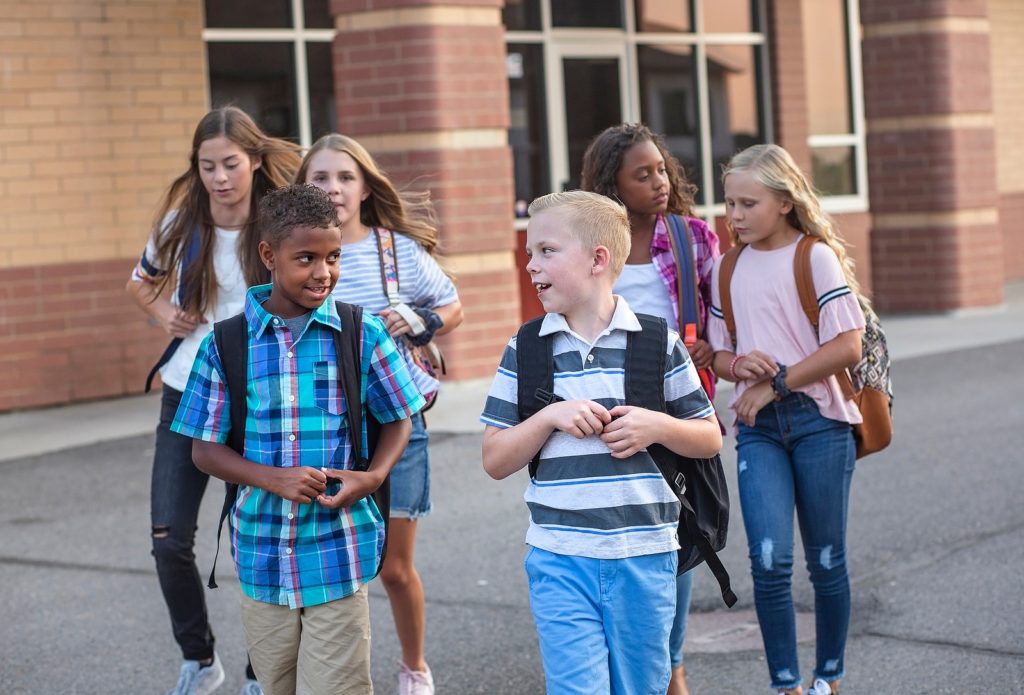
Moving to Bend, Oregon, provides access to a diverse range of educational options that cater to the needs and preferences of families and students alike. The city offers a robust school system in the form of the Bend-La Pine School District, along with a variety of public, private, and independent schools to choose from.
Overview of the Bend-La Pine School District
As the 5th largest school district in Oregon, the Bend-La Pine School District serves the educational needs of Bend’s growing population. The district is committed to providing high-quality education to its students, focusing on academic excellence, innovation, and community engagement. With this strong foundation, the district plays a significant role in supporting the thriving jobs market in Bend, as well-rounded education is vital for employment opportunities in various industries.
Options for public, private, and independent schools
When it comes to educational choices, Bend offers an array of options to suit diverse preferences and requirements. The Bend-La Pine School District encompasses almost 40 public, private, and independent schools, ensuring families have access to a wide selection of institutions that cater to their educational needs. As a result, parents can choose from schools that focus on specific teaching philosophies, faith-based education, or specialized programs in areas such as arts, technology, or athletics, among others.
Resources for school enrollment and matriculation
Understanding the intricacies of school enrollment and matriculation can be overwhelming, especially for families relocating to Bend. Fortunately, there are resources available to help simplify the process and ensure a smooth transition. The Moving to Bend website offers valuable information on choosing the right school, enrollment procedures, and matriculation tips, making the process easier, faster, and less stressful for both parents and students.
In conclusion, the Bend-La Pine School District and the wealth of educational choices available in Bend contribute to the city’s thriving jobs market and vibrant community. By understanding and utilizing the educational resources available, families moving to Bend can be confident in their decision and enjoy the exceptional quality of life the city offers.
Work-Life Balance in Bend
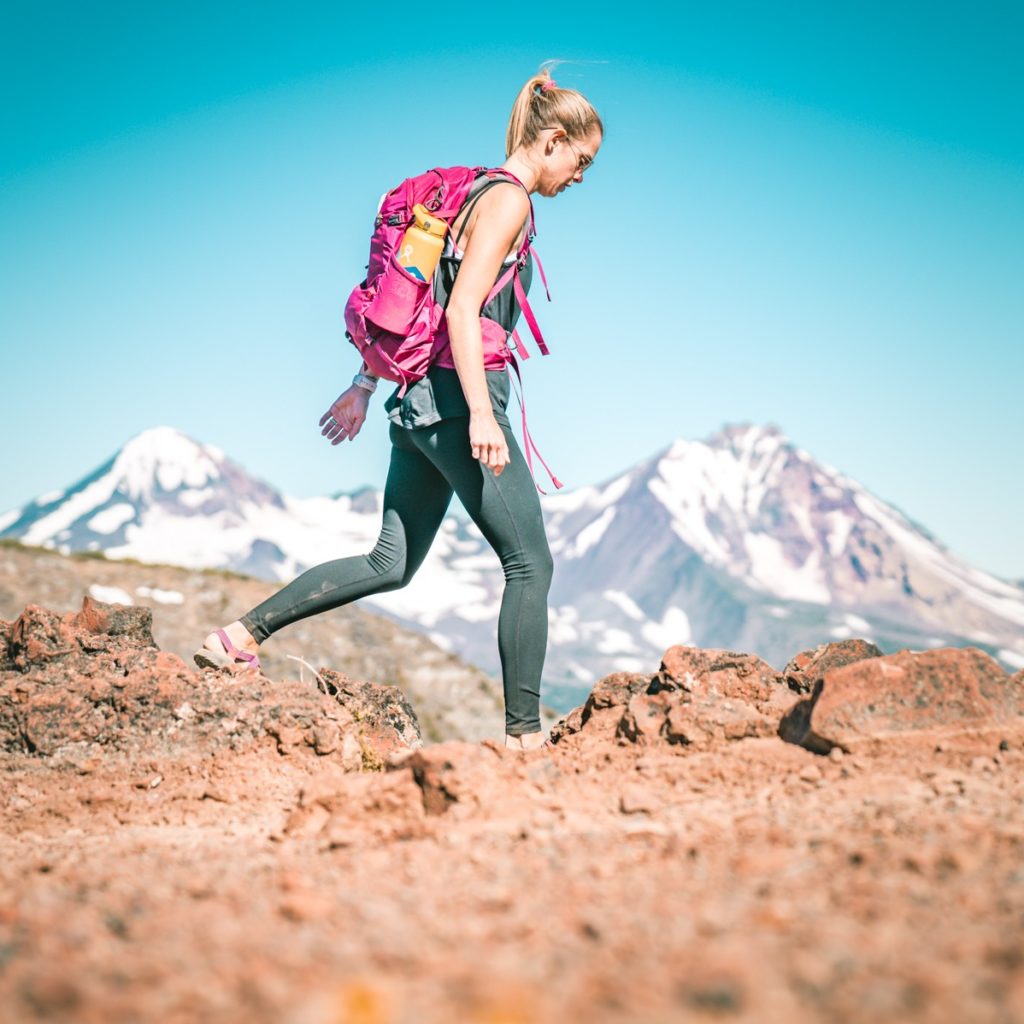
When moving to Bend, it’s essential to consider the work-life balance the city offers. Bend provides a unique blend of recreational opportunities, a vibrant art and culture scene, and diverse dining and shopping options, making it a perfect place to enjoy life outside of work.
Diverse Recreational Opportunities in Bend
Bend offers over 300 days of sunny blue skies, making it an ideal location for outdoor enthusiasts. The city is well-known for its various recreational activities, such as skiing, surfing, paddleboarding, kayaking, floating the Deschutes River, rock climbing, and mountain biking. The magnificent backdrop of the snow-capped Cascade Mountains only adds to the appeal of Bend’s outdoor activities. With so many options available, there’s never a dull moment when seeking adventure and relaxation outside of the jobs market in Bend.
Vibrant Art, Music, and Culture Scene
Bend’s art, music, and culture scene is thriving, offering residents and visitors numerous opportunities to engage with the local creative community. Bend hosts various art galleries, live music performances, and cultural events throughout the year. The city’s collaborative nature extends to its art scene, with local businesses and artists working together to promote a healthy and vibrant cultural community. This lively atmosphere is an essential aspect of the work-life balance in Bend, where employment and enjoyment go hand in hand.
Dining and Shopping Options in Bend
After a day of work in the city of Bend jobs market, residents can indulge in a wide variety of dining and shopping options. The city is home to numerous local restaurants, cafes, and breweries that offer a diverse range of cuisines. Whether you’re in the mood for casual fare or a fine dining experience, Bend has something to satisfy your palate. Additionally, the city boasts a variety of shopping venues, from unique boutiques and specialty shops to larger retail centers. These dining and shopping options further enhance the work-life balance for those employed in Bend businesses and industries.
Public Transportation and Eco-Friendly Practices in Bend
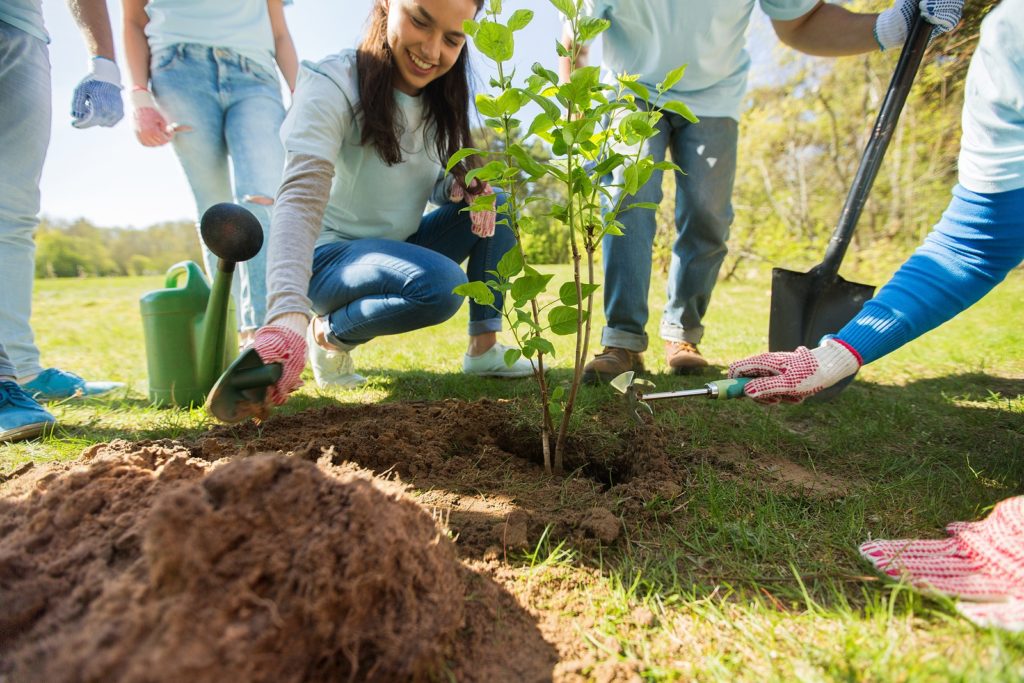
As you explore the jobs market in Bend and consider moving to this beautiful city, it’s essential to understand the available public transportation options and how you can contribute to its eco-friendly practices.
Public transportation options in Bend
In Bend, there are several public transportation options available for residents, making it easier to commute to work and explore the city. The local bus transit, called Cascade East Transit (CET), serves the Bend community and provides reliable transportation services. The Community Connector bus service connects Bend with its neighboring cities, offering an affordable and convenient way to travel. For those interested in skiing or snowboarding, the Mt. Bachelor Shuttle provides transportation to the popular ski resort. These public transportation options not only offer convenience for Bend jobs and daily life but also contribute to the city’s eco-friendly practices by reducing the number of vehicles on the road.
Ways to live green in Bend, Oregon
Bend is known for its beautiful natural environment, and residents can contribute to its preservation by adopting eco-friendly practices. Here are some ways to live green in Bend:
- Support local eco-tourism and green businesses: By choosing to patronize environmentally responsible companies, you contribute to the local economy and promote sustainable practices in the city.
- Reduce your commute footprint: Utilize public transportation, carpool, bike, or walk to work and other activities. This not only lowers your carbon footprint but also helps maintain Bend’s clean air quality.
- Practice proper e-waste disposal: Dispose of electronic waste responsibly by recycling or donating old devices to local organizations.
- Conserve water and energy: Be mindful of your water and energy usage by installing energy-efficient appliances, fixing leaks, and adopting water-saving habits.
- Participate in community initiatives: Join local groups and organizations that focus on sustainability, conservation, and environmental education.
- Spread awareness: Educate friends, family, and coworkers about the importance of eco-friendly practices and how they can contribute to a greener Bend.
By understanding the public transportation options and eco-friendly practices in Bend, you’ll be well-equipped to navigate the city’s jobs market and enjoy a sustainable lifestyle in this beautiful city.
Conclusion
In conclusion, navigating the city of Bend jobs market may seem overwhelming at first, but with the right approach and expert tips, you can smoothly transition into your new employment opportunities in Bend. We have covered essential aspects such as understanding the unique business community in Bend, exploring thriving industries, and utilizing effective job search strategies. Additionally, we provided insights into the competitive rental market, educational choices within the Bend-La Pine School District, and the importance of work-life balance and eco-friendly practices in Bend.
Discover Bend’s Opportunities
Now that you’re equipped with expert tips for navigating the city of Bend jobs market, it’s time to dive deeper into all the aspects of relocating to this beautiful city. To make your move to Bend as smooth as possible, we encourage you to:
- Visit the “Moving to Bend” website for more relocation information and resources: https://movingtobend.com/
- Explore specific guides for Renting Homes in Bend: https://movingtobend.com/the-bend-lifestyle/renting-homes-in-bend/
- Learn about Educational Choices in Bend: https://movingtobend.com/learning-in-bend/educational-choices-in-bend/
- Get familiar with Public Transportation in Bend: https://movingtobend.com/the-bend-lifestyle/public-transportation-in-bend/
- Read “6 Ways to Live Green in Bend, Oregon” to embrace an eco-friendly lifestyle: https://movingtobend.com/relocation-blog/2020/3-reasons-why-bend-is-a-hot-relocation-spot/
Happy exploring and best of luck on your new journey in Bend!

